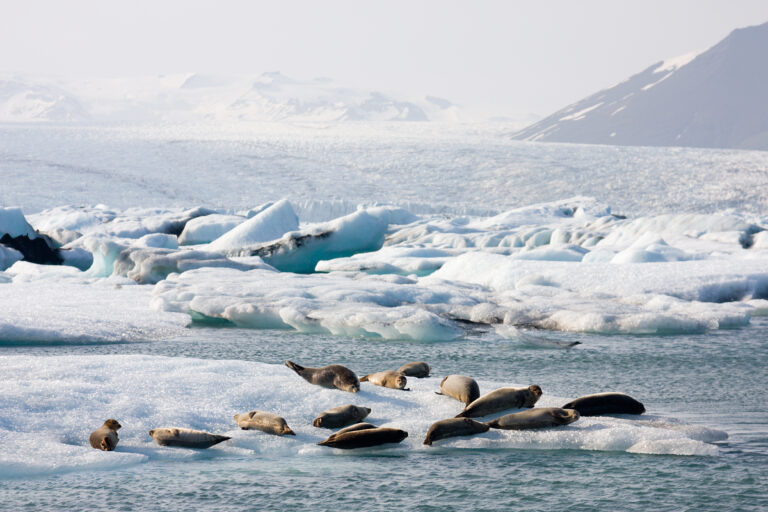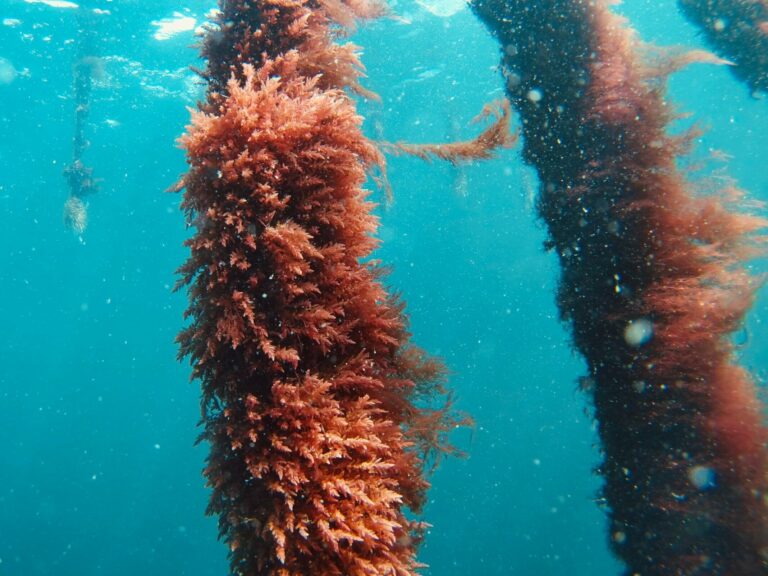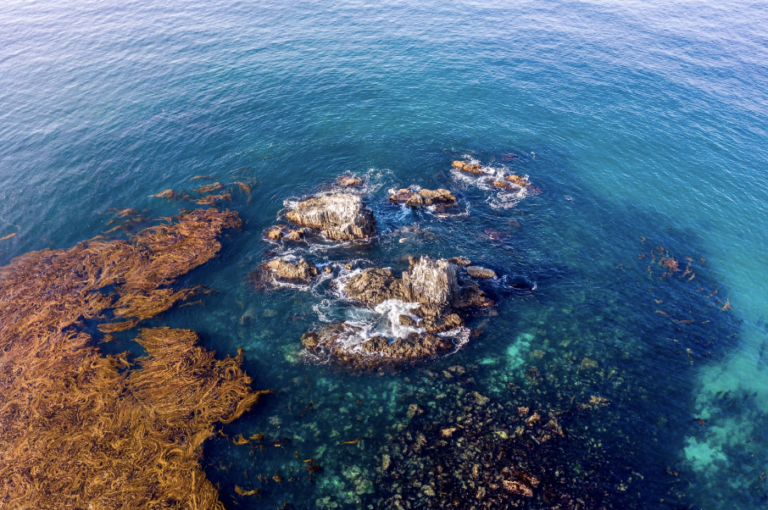In March 2023, a momentous occasion took place in the realm of ocean conservation—the signing of the United Nations’ High Seas Treaty. This landmark agreement marks a significant step forward in protecting and sustainably managing the vast expanses of our global oceans, known as the high seas. At Ocean Paddock, we applaud this remarkable development and its potential to create a brighter future for our oceans. In this blog post, we will delve into the importance of the High Seas Treaty and its implications for ocean conservation and sustainable use.
Understanding the High Seas:
The high seas encompass approximately two-thirds of the world’s oceans, beyond any country’s jurisdiction. These vast areas, teeming with diverse marine life, hold immense ecological value and provide vital ecosystem services. However, the high seas have long faced challenges due to unregulated human activities, including overfishing, habitat destruction, pollution, and climate change impacts.
The High Seas Treaty: A Global Commitment to Conservation:
The High Seas Treaty, officially known as the United Nations’ Treaty on the Conservation and Sustainable Use of Marine Biological Diversity of Areas Beyond National Jurisdiction, is a pioneering international agreement. It aims to address the governance gaps and protect the biodiversity of the high seas through a comprehensive and inclusive framework.
Key Elements of the High Seas Treaty:
- Marine Protected Areas (MPAs): The treaty facilitates the establishment of marine protected areas on the high seas to conserve and restore biodiversity. These protected areas will provide safe havens for marine species, preserve critical habitats, and contribute to the resilience of marine ecosystems.
- Environmental Impact Assessments (EIAs): The treaty introduces a robust mechanism for conducting environmental impact assessments for activities in the high seas that could have significant adverse effects on the marine environment. This assessment process ensures that potential risks and impacts are thoroughly evaluated before proceeding with any activities.
- Capacity Building and Technology Transfer: The High Seas Treaty emphasises the importance of capacity building and technology transfer to support developing countries in implementing effective conservation and sustainable use measures. This cooperative approach fosters knowledge exchange and facilitates the equitable participation of all nations in ocean stewardship.
- Benefit Sharing: The treaty recognises the need for fair and equitable sharing of the benefits arising from marine genetic resources found in the high seas. This provision ensures that the potential benefits derived from the exploration and utilisation of these resources are shared equitably among nations, promoting global cooperation and fostering a more inclusive approach to marine conservation.
The Way Forward:
The signing of the High Seas Treaty represents a significant milestone in international efforts to safeguard the high seas and promote sustainable ocean management. However, the work does not end with the signing; it marks the beginning of a transformative journey towards effective implementation. The engagement and commitment of governments, organisations, and individuals will be critical in translating the treaty’s provisions into tangible actions and measurable outcomes.
The signing of the High Seas Treaty represents a monumental leap forward in global ocean conservation. By addressing governance gaps and providing a framework for sustainable practices on the high seas, this historic agreement holds the potential to protect biodiversity, mitigate climate change impacts, and ensure the sustainable use of our oceans for generations to come. Together, let us embrace this transformative milestone and work collaboratively towards a healthier and more resilient ocean ecosystem.



